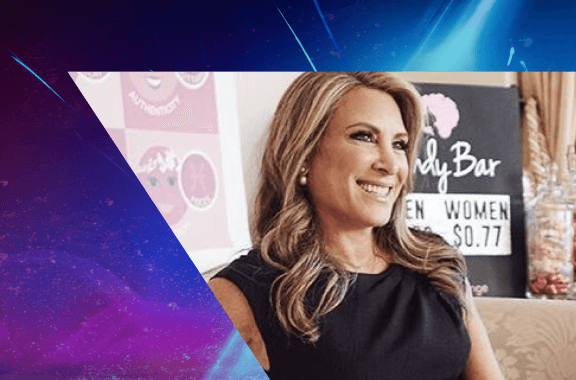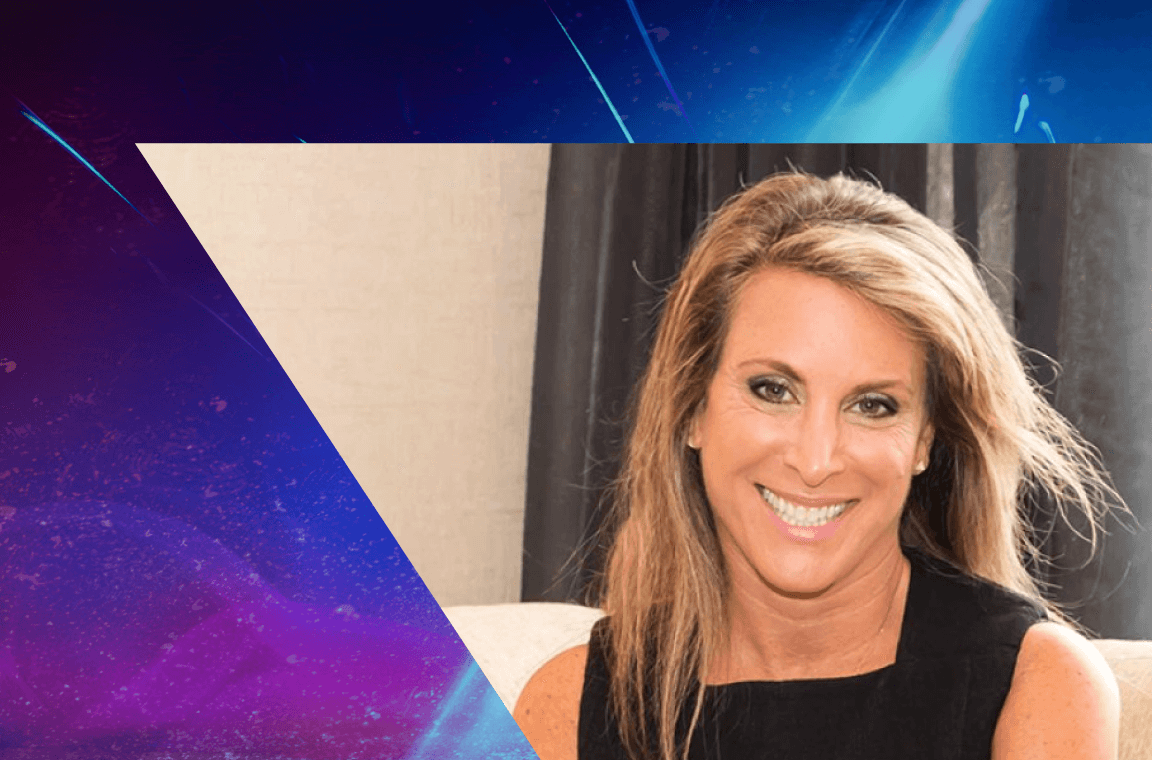The Female Quotient isn’t resting.
According to the World Economic Forum, it could take up to 131 years to close the gender gap in the global workforce. Many, myself included, feel this is just simply too long to wait. That’s why I have long admired the work of Shelley Zalis and the organization she founded, The Female Quotient (The FQ).
The FQ is in the business of equality and on a mission to change equation and close the gap. It does so partly through its widely known signature Equality Lounge®, a gathering space for like-minded influential women at popular conferences, including CES, Davos, SXSW, Cannes Lions, and others. It boasts a network of millions of female leaders and furnishes original research on critical topics in equality and advisory.
The gender gap is an issue that the cybersecurity community, especially, cannot wait until 2031 to address. Women today make up only 24% of those in cybersecurity when this industry faces an estimated shortage of qualified experts to the tune of 4 million jobs organizations cannot fulfill.
These statistics become even more discouraging as we move up the organizational ladder. Only 23% of women hold the title of director or above, a level of seniority that is 7% below the U.S. average across all sectors, according to ISC2. Even rising women continue to report instances of gender discrimination, being passed over for promotions, and discrepancies in pay compared to their male counterparts.
As a woman of South Asian origin, I have lived the compounded struggle to break through both the culturally nuanced “bamboo ceiling,” about which Shelley writes so eloquently, and the ethnically pronounced challenges faced by the South Asian diaspora. I think back to instances of being the only woman or the only person of color in the room and how glad I am I didn’t quit because of it. So today, I place a premium on role modeling and mentorship and try to demonstrate that cybersecurity is a “Big Tent” profession: we have a need for people from all walks of life.
I am excited to announce that Shelley will join Zscaler for our inaugural Women in IT & Security CXO Summit on January 23-24, 2024. Before she takes the stage to deliver her keynote, entitled “Defying Norms: Leading Fearlessly and Authentically as a Woman,” I caught up with Shelley so she could frame issues of gender disparity in tech in her own words.
KM: How can we alleviate challenges facing women in tech and help to close the gender gap in the industry?
SZ: Lack of representation and how we stereotype the role is a big issue. You see men if you Google "engineer" or another "typical" role in technology. Unfortunately, there is still discrimination, which prevents a lot of women from going into tech fields.
Women also face hurdles, including pregnancy and family care. I don't think the pregnancy penalty is just an issue in tech. However, in tech, a regular practice is companies paying for women to freeze their eggs. While it's seen as a positive to many, this actually encourages women to put off having children and continues the perception that being a mother or wanting to be a mother, is a barrier to entry. This holds a lot of women back. How we communicate these things, for example, saying this benefit is "just in case" instead of encouraging women to put off having kids, especially from the company perspective, is important.
When you think of the cybersecurity field, it is male-dominated, so women think it's a field only for men. But if you use new language in the job descriptions, feminine language that leans into the softer skills that women can excel in, more women will start exploring cyber as a career path for them. For example, "We are looking for passionate, empathetic leaders that want to excel in a field that's all about safety and security, for our families, our children, our future." By focusing on those aspects of the job instead of just the mechanical tech piece, we can make technology feel warm instead of cold and show women they have tremendous opportunities in the field and their perspective is needed.
KM: What can be done to advance gender equality now?
SZ: Education and awareness of what working in technology really means are essential. We need more awareness that this field needs more women in it, and not just as engineers or designers. Technology isn't just about understanding code. Technology is an entire business that includes positions in marketing, media, communications, etc.
KM: Why do you look forward to collaborating based on the common cause of uniting women in a safe place to share their voices and be heard?
SZ: If you can see her, you can be her. Role models are very important. It helps showcase women in tech doing remarkable things and highlights that they can do things their way – they can be caregivers while also being C-Suite leaders. These things don't have to be antagonistic; they can go hand in hand. If other women see that, they will believe that typically male-dominated fields, like tech, are for them.
It's all about making the invisible visible. And not just for representation or reflection but also for creating real change. That's how we change the equation to close the gap.
To hear more from Shelley and other industry luminaries, join us at the Women in IT & Security Summit on January 23-24, 2024.


